Research Talk
Applied Probability
Tenure Track Interview

Joost Jorritsma
slides.com/joostjor/leiden-interview
Academic positions



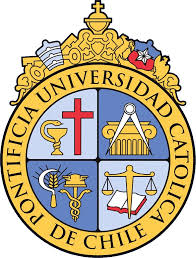


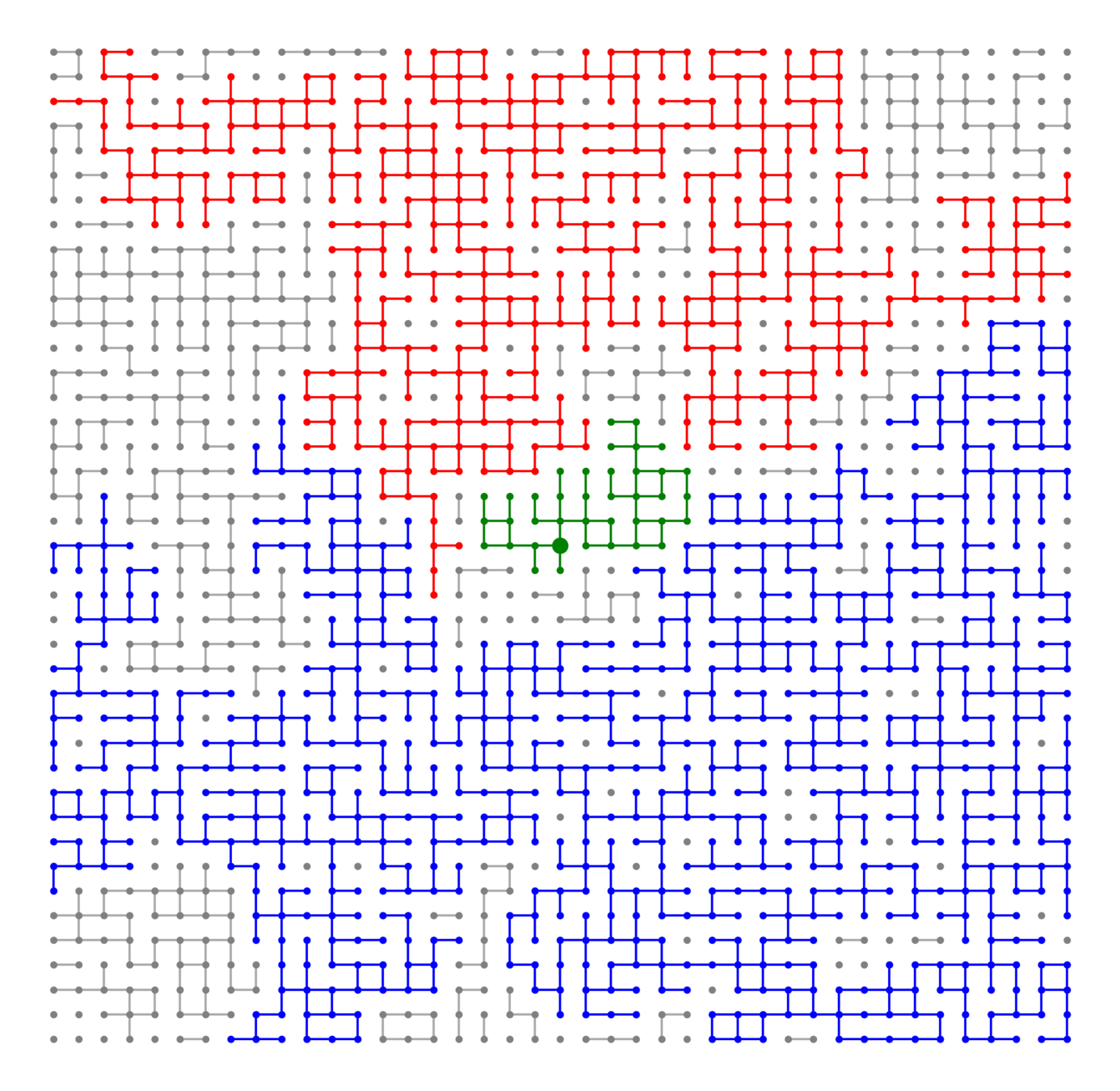
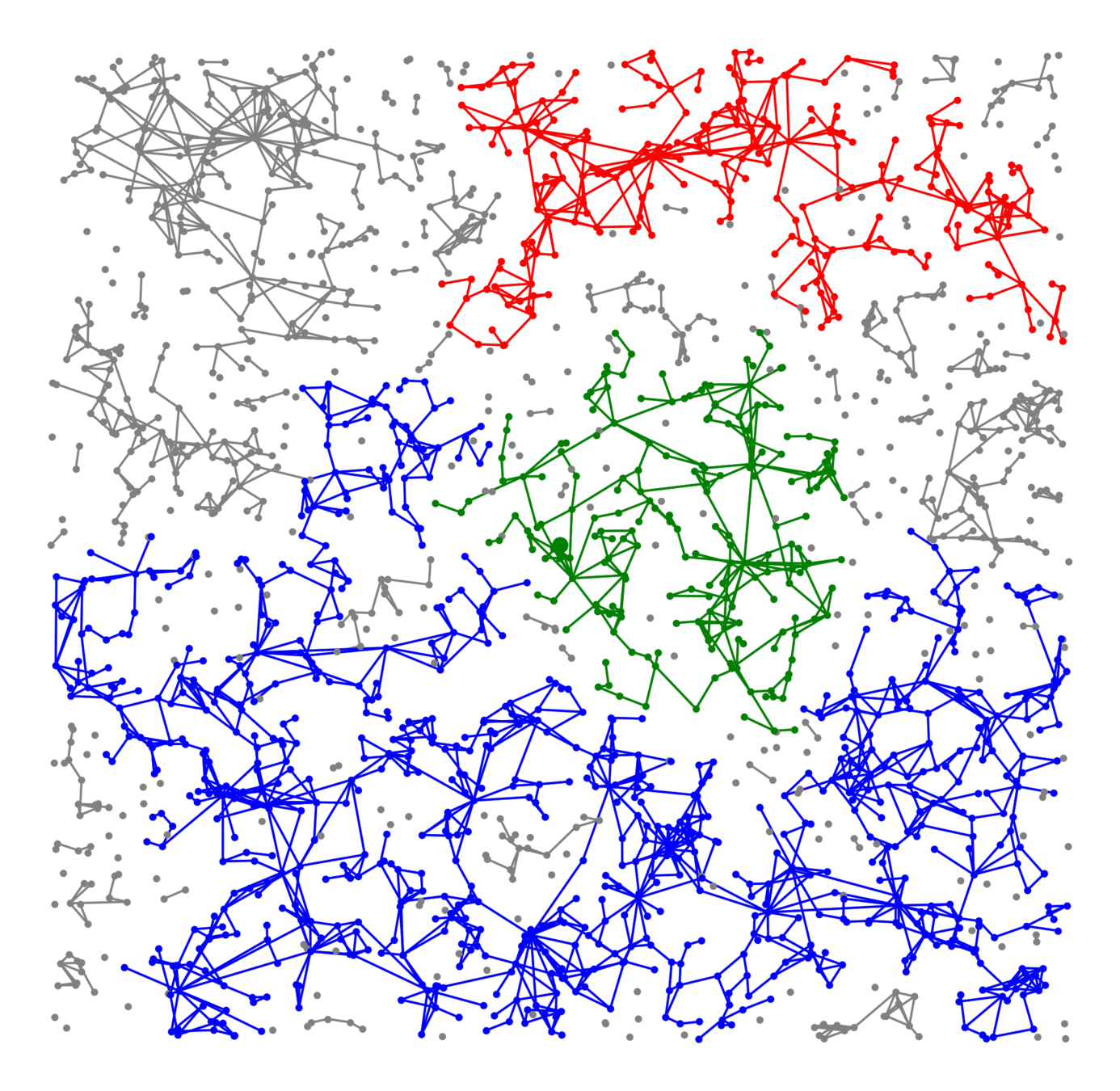
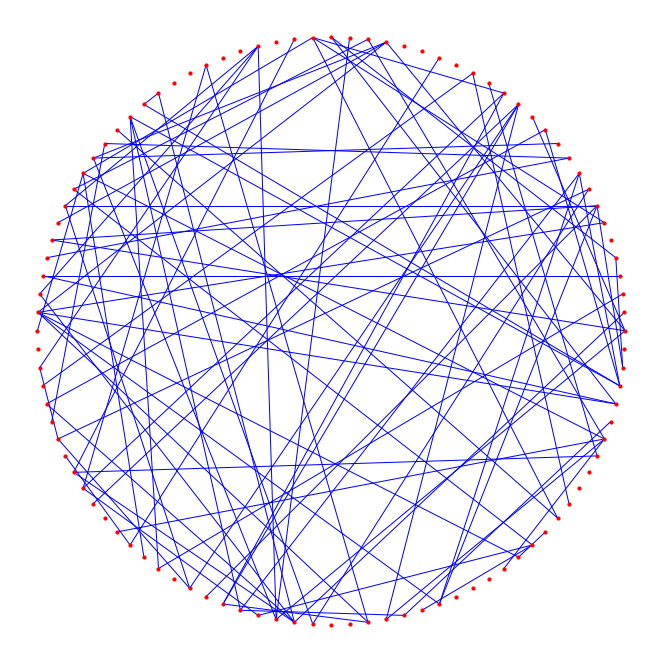


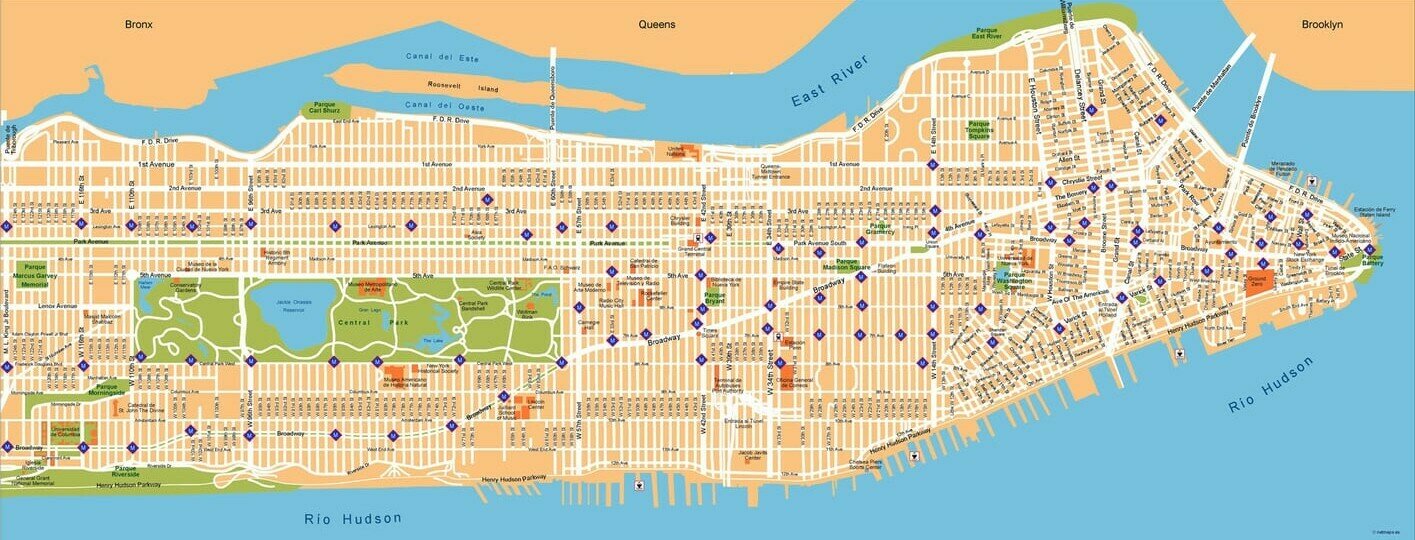
Understanding network models
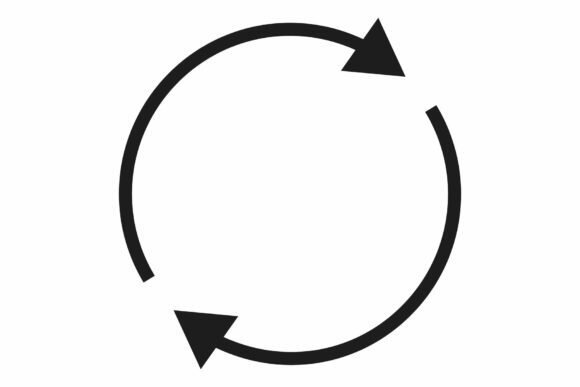

Probability, Combinatorics
& Physics, Epidemiology, ...


2 papers
6 papers
Information diffusion in random graphs


Distances


Component sizes
Intervention strategies


FINAL SIZE
Randomized optimization algorithms
Optimization under chance constraints
Sampling algorithms for explainable AI
Annals of Applied Probability (2x),
Random Structures & Algorithms
Electronic Journal of Prob.,
Annals of Probability (revision),
Prob. Theory & Rel. Fields (submitted)
PLOS One; Chaos, Solitons & Fractals
Complex Networks '20,
Coronavirus Modeling PIMS '20
GECCO'23,
Algorithmica (revision)
IDA'23
Runner up Frontier Prize
Internet: a growing network of routers and servers
~1969: 2 connected sites
Time
~1989: 0.5 million users
~2023: billions of devices
- [Faloutsos, Faloutsos & Faloutsos, '99]:
-
Short average distance:
Quick spread of information
-
Short average distance:

~1999: 248 million users
Distance evolution in a growing network
1999
\(\mathrm{dist}_{\color{red}{'99}}(u_{'99}, v_{'99}) = 4\)
2005
\(\mathrm{dist}_{{\color{red}'05}}(u_{'99}, v_{'99}) = 3\)
2024
\(\mathrm{dist}_{{\color{red}'24}}(u_{'99}, v_{'99}) = 2\)
21 possible networks
Attachment rule:
Prefer connecting to high-degree vertices, \(\tau\): tail of power-law degree distribution
2005
\(\phantom{\mathrm{dist}_{{\color{red}'05}}(u_{'99}, v_{'99}) = 3}\)
Distance evolution
Distance evolution: hydrodynamic limit
Theorem [J., Komjáthy, Annals of Applied Probability '22]. Assume \(\tau<3\).
Let \(t'=T_t(a):=t\exp\big(\log^a(t)\big)\) for \(a\in[0,1]\), then
$$ \sup_{a\in[0,1]} \left| \frac{\mathrm{dist}_{T_t(a)}(U_t, V_t)}{\log\log(t)} - (1-a)\frac{4}{|\log(\tau-2)|}\right|\overset{\mathbb{P}}\longrightarrow 0.$$

Theorem [J., Komjáthy, Annals of Applied Probability '22]. Assume \(\tau<3\).
Let \(\phantom{t'=T_t(a):=t\exp\big(\log^a(t)\big)}\) for \(\phantom{a\in[0,1]}\), then
$$ \phantom{\sup_{a\in[0,1]} \left| \frac{\mathrm{dist}_{T_t(a)}(U_t, V_t)}{\log\log(t)} - (1-a)\frac{4}{|\log(\tau-2)|}\right|\overset{\mathbb{P}}{\longrightarrow} 0.}$$
Theorem [J., Komjáthy, Annals of Applied Probability '22]. Assume \(\tau<3\).
Let \(t'=T_t(a):=t\exp\big(\log^a(t)\big)\) for \(a\in[0,1]\), then
$$ \phantom{\sup_{a\in[0,1]}} \left| \frac{\mathrm{dist}_{T_t(a)}(U_t, V_t)}{\log\log(t)} \phantom{- (1-a)\frac{4}{|\log(\tau-2)|}}\right|\phantom{\overset{\mathbb{P}}\longrightarrow 0.}$$
-
Dynamics in PAMs.
-
Generalization with edge weights: random transmission times





Novelties
-
Fast spreading among influentials;
Theorem [J., Komjáthy, Annals of Applied Probability '22]. Assume \(\tau<3\).
Let \(t'=T_t(a):=t\exp\big(\log^a(t)\big)\) for \(a\in[0,1]\), then
$$ \sup_{a\in[0,1]} \left| \frac{\mathrm{dist}_{T_t(a)}(U_t, V_t)}{\log\log(t)} - (1-a)\frac{4}{|\log(\tau-2)|}\right|\phantom{\overset{\mathbb{P}}\longrightarrow 0.}$$
Theorem [J., Komjáthy, Annals of Applied Probability '22]. Assume \(\tau<3\).
Let \(t'=T_t(a):=t\exp\big(\log^a(t)\big)\) for \(a\in[0,1]\), then
$$ \phantom{\sup_{a\in[0,1]}} \left| \frac{\mathrm{dist}_{T_t(a)}(U_t, V_t)}{\log\log(t)} - (1-a)\frac{4}{|\log(\tau-2)|}\right|\phantom{\overset{\mathbb{P}}\longrightarrow 0.}$$
Information diffusion in random graphs


Distances


Component sizes
Intervention strategies


FINAL SIZE
Real networks contain many triangles!

Do real networks look like this?
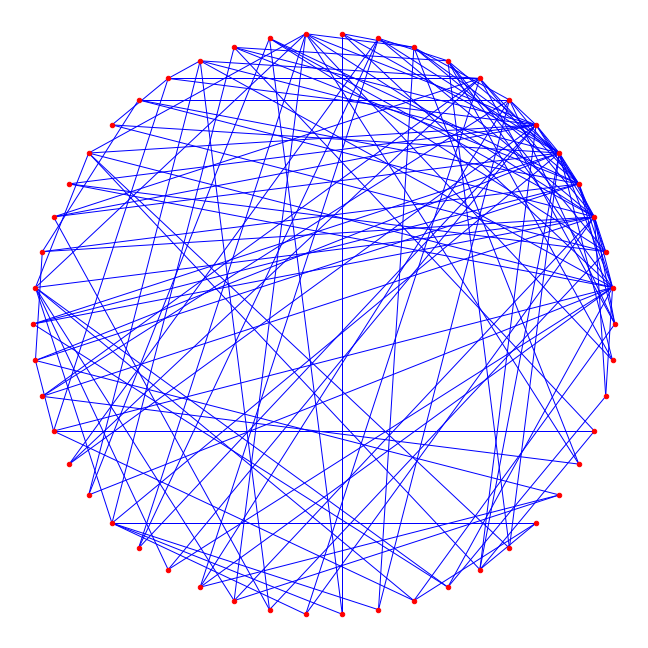
Large deviations (rare events) of cluster sizes
Kernel-based spatial random graphs
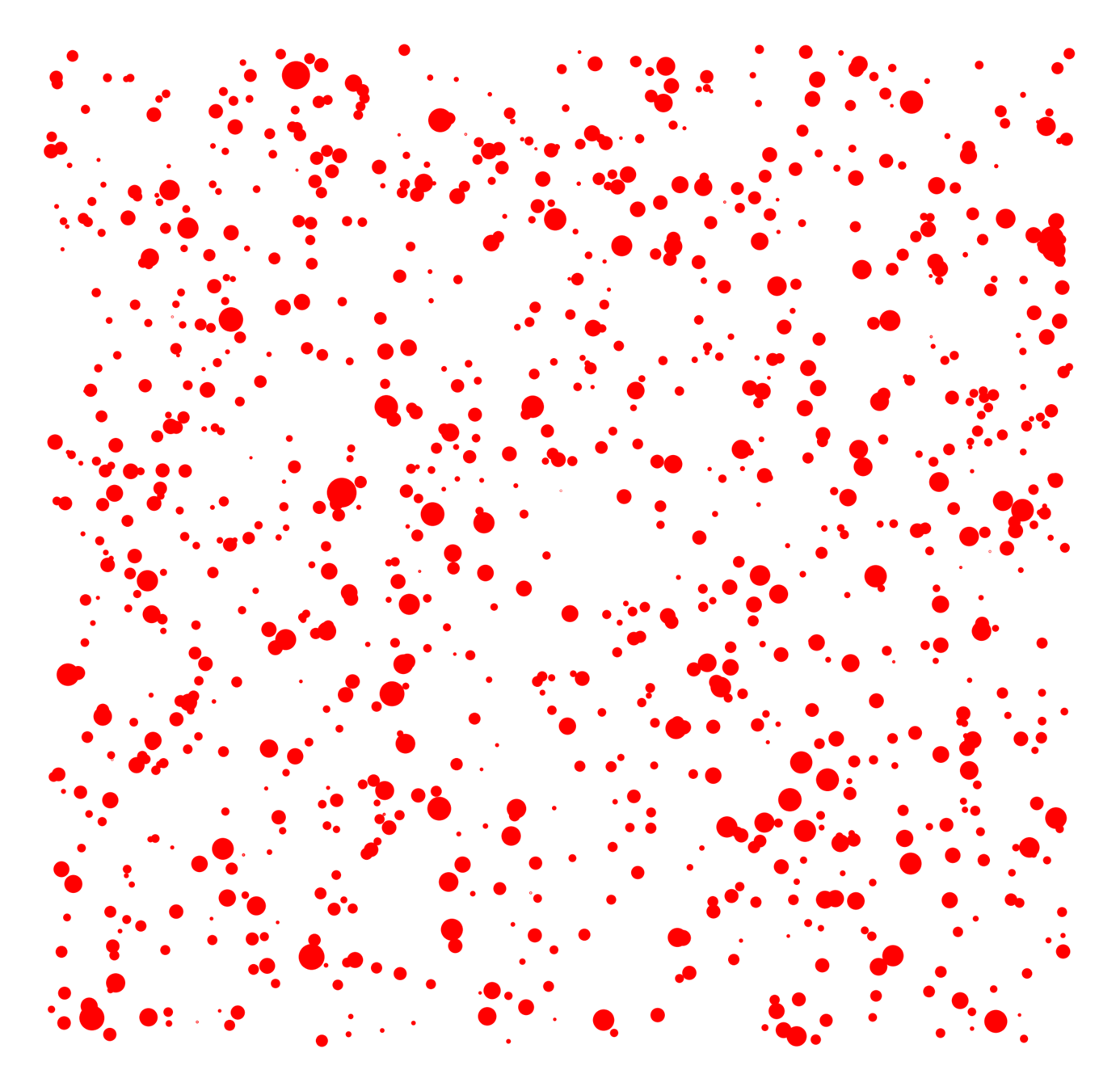
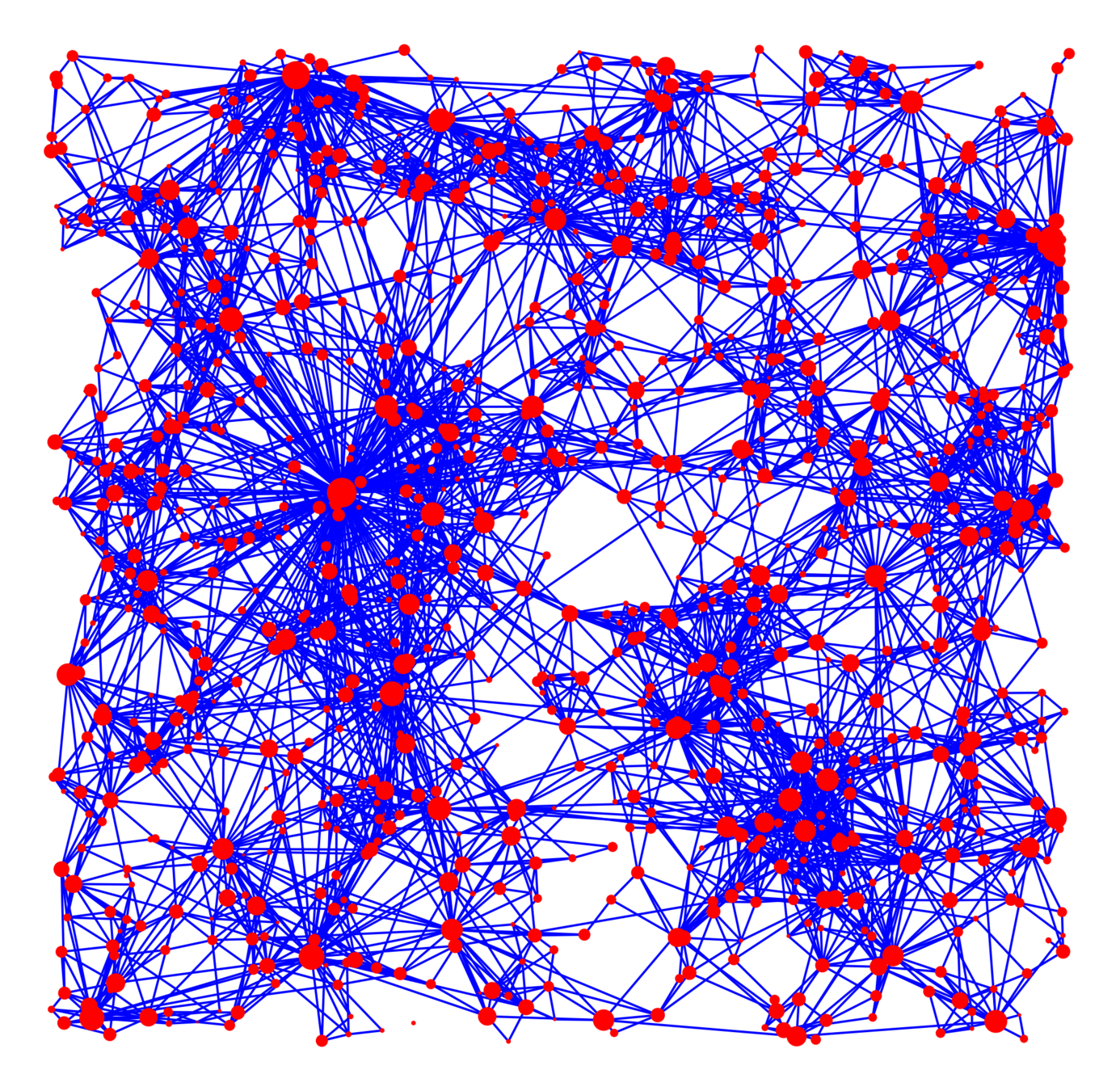
Only four parameters
Vertex set
- Spatial locations
- Vertex weights
Edge more likely if
- Spatially nearby,
- High weight
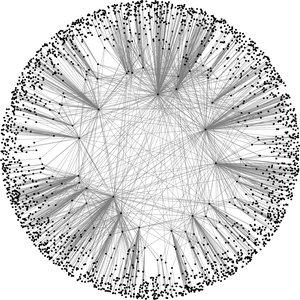
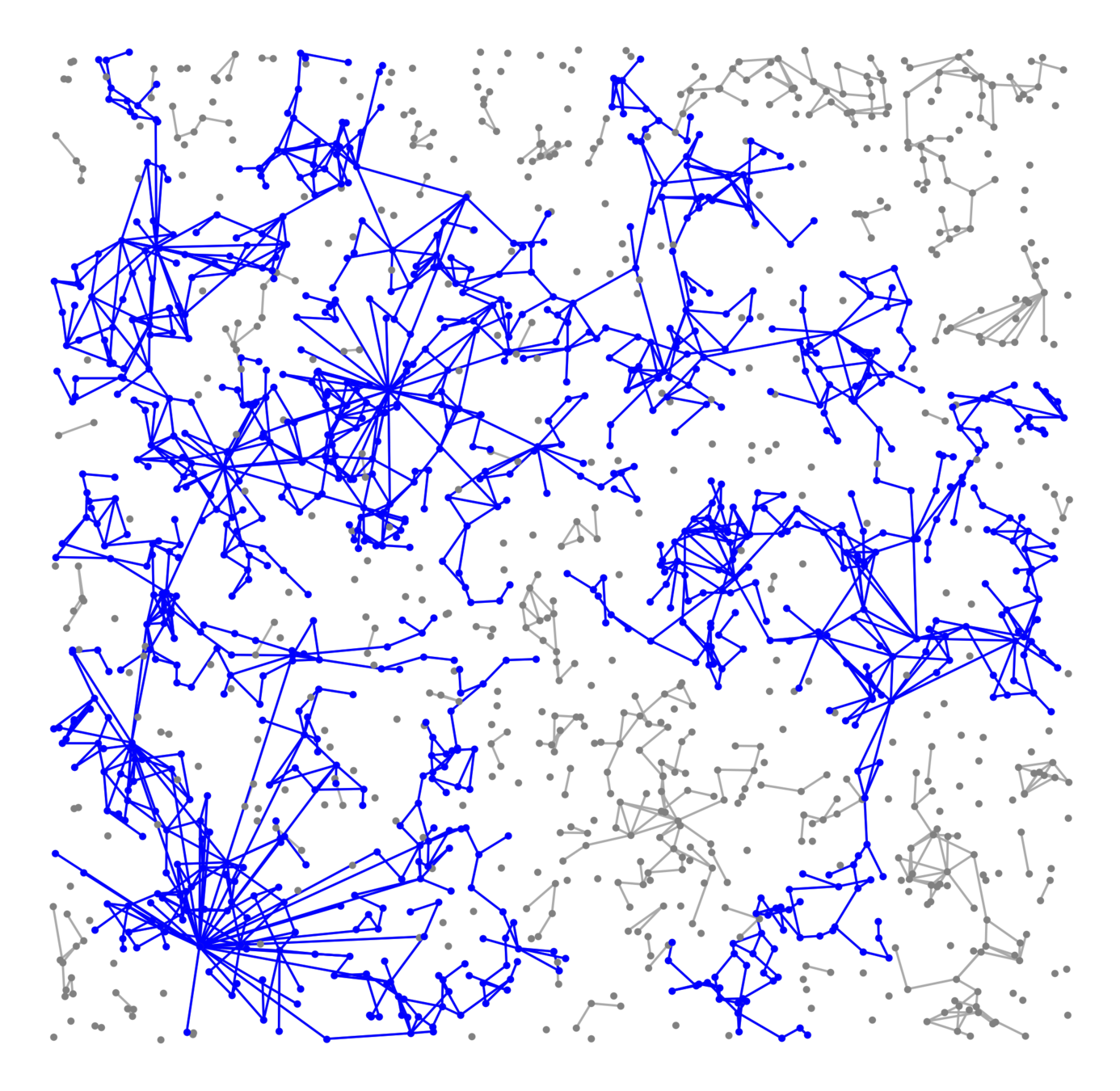
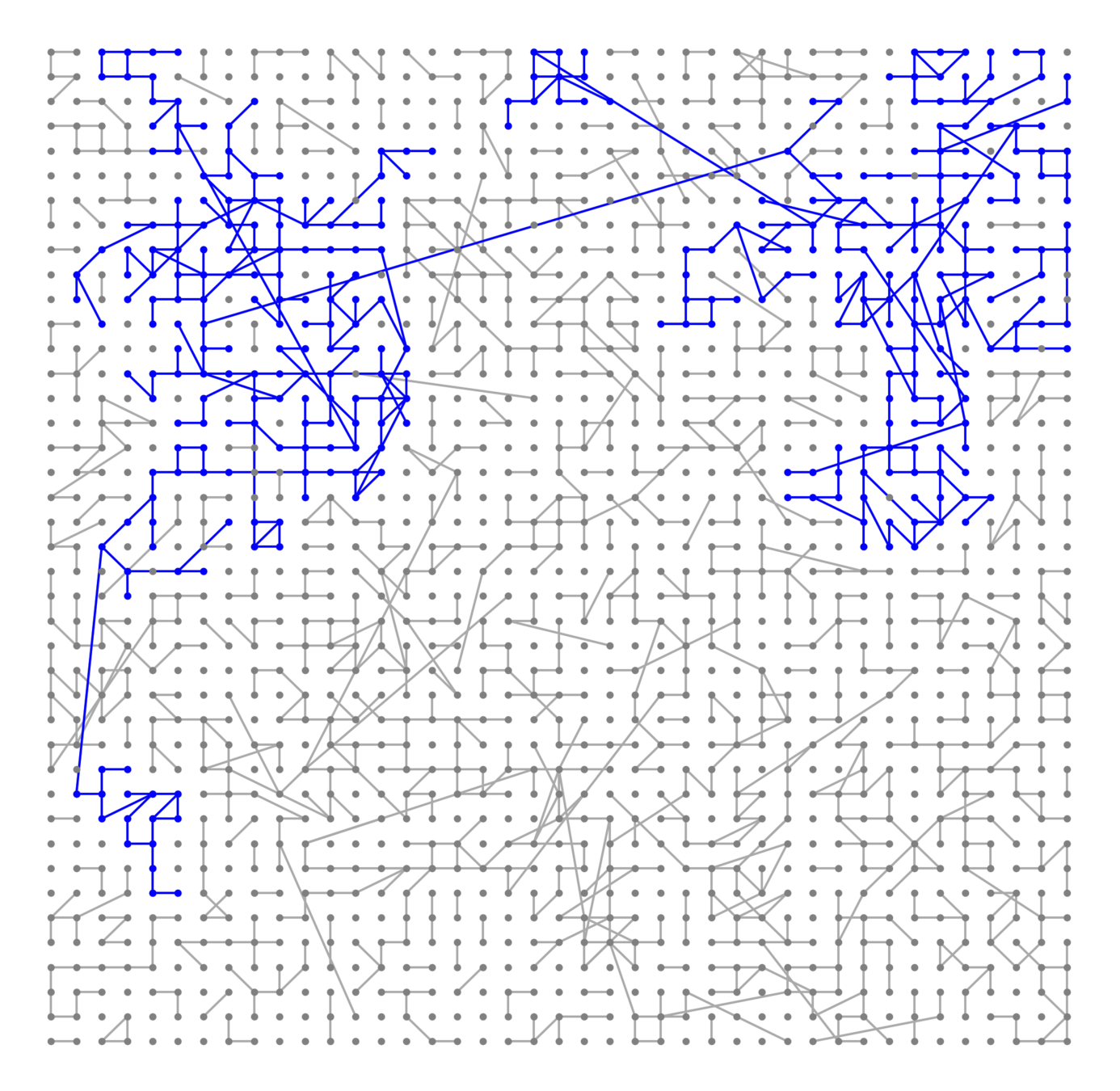
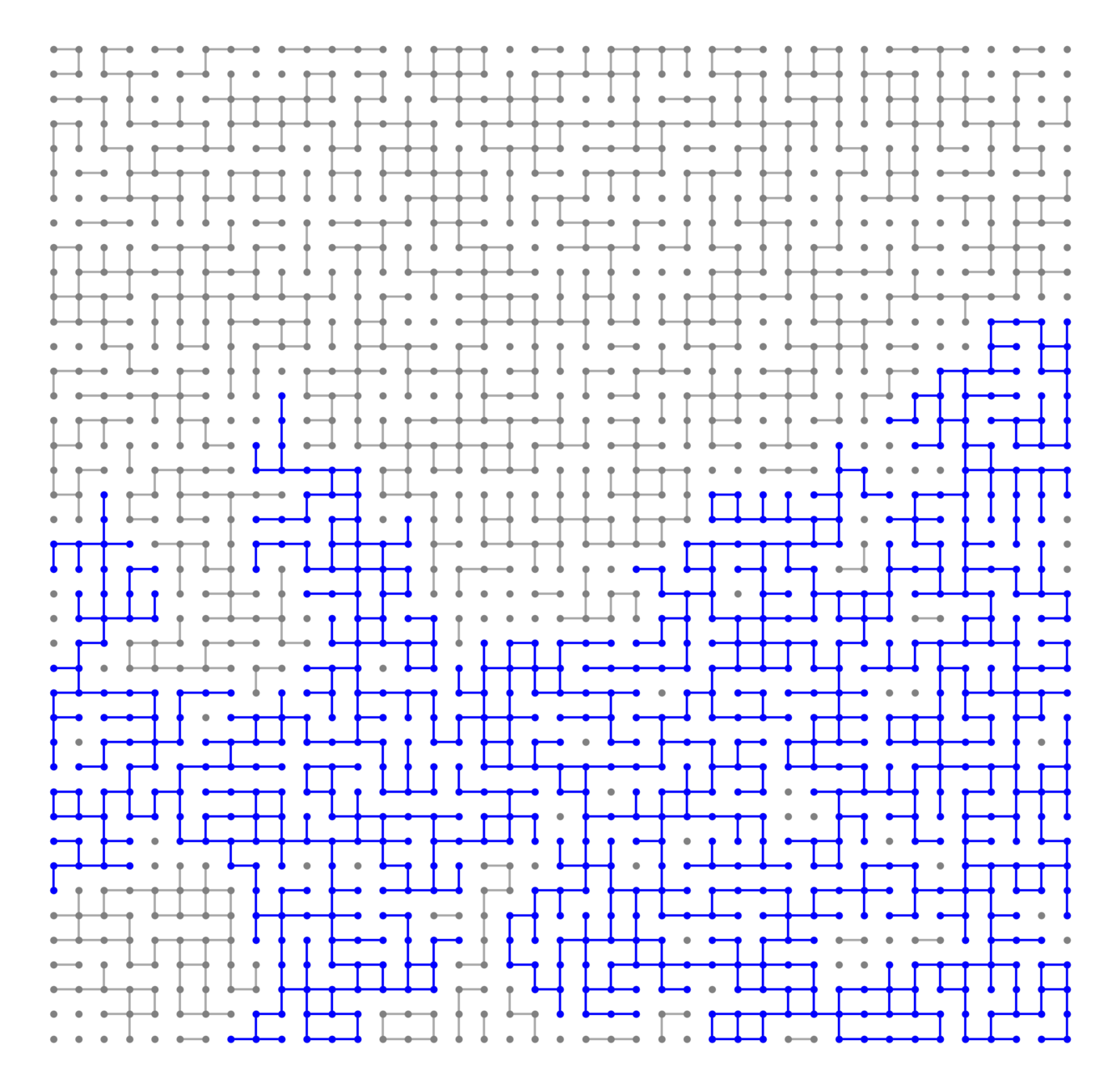
Hyperbolic random graph
Scale-free percolation
Long-range percolation
Bond percolation on \(\mathbb{Z}^d\)

Theorem (\(\mathbb{Z}^d\)-like graphs)
[Lebowitz & Schonmann '88; Gandolfi '89; Grimmett, Marstrand '90;
Kesten, Zhang '90; Alexander, Chayes, Chayes, Newman '90; Pisztora '96;
Cerf '97; Contreras, Martineau, Tassion '2024; ...]
Lower tail:
Surface tension drives too small cluster
Upper tail:
Large clusters are very unlikely
Figure by Tobias Muller




Hyperbolic random graph
Scale-free percolation
Long-range percolation
Bond percolation on \(\mathbb{Z}^d\)

Theorem (\(\mathbb{Z}^d\)-like graphs)
[Lebowitz & Schonmann '88; Gandolfi '89; Grimmett, Marstrand '90;
Kesten, Zhang '90; Alexander, Chayes, Chayes, Newman '90; Pisztora '96;
Cerf '97; Contreras, Martineau, Tassion '2024; ...]
Lower tail:
Surface tension drives too small cluster
Upper tail:
Large clusters are very unlikely
Question:
Long edges and high-degree vertices,
do they matter?
Theorem [J., Komjáthy, Mitsche, '24+]
We find explicit \(\zeta\in[1/2,1)\), \(\theta\in(0,1)\) s.t.
-
Lower tail: small final size
If enough long edges or no hubs













Novelties
-
Reversed discrepancy: large outbreak likelier than small.
-
Long edges can beat surface tension: any ;
-
governs second-largest cluster, and cluster of 0
-
Techniques: probability, combinatorics, optimization.
What is the influence of long edges and high-degree vertices?
-
Upper tail: large final size
If hubs are present, we find rate funtion \(I(\varepsilon)\):
What is the influence of long edges and high-degree vertices?
Information diffusion in random graphs


Distances


Component sizes
Intervention strategies


FINAL SIZE

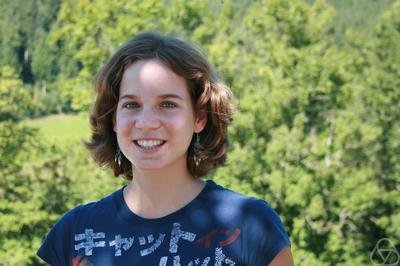









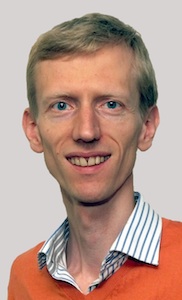


Research plan: Large deviations in percolation and random graphs
Ongoing
Near future
Opportunities Leiden
- Large deviations of the giant in inhomogeneous random graphs
Bert Zwart (CWI) - Tall or small trees
Serte Donderwinkel (Groningen)
- Applying for CIRM Fellowship
Luisa Andreis (Milan), - MSc Students (Oxford)
- Dalia Terhesu

Research plan: Random walks on random graphs
Ongoing
Opportunities Leiden
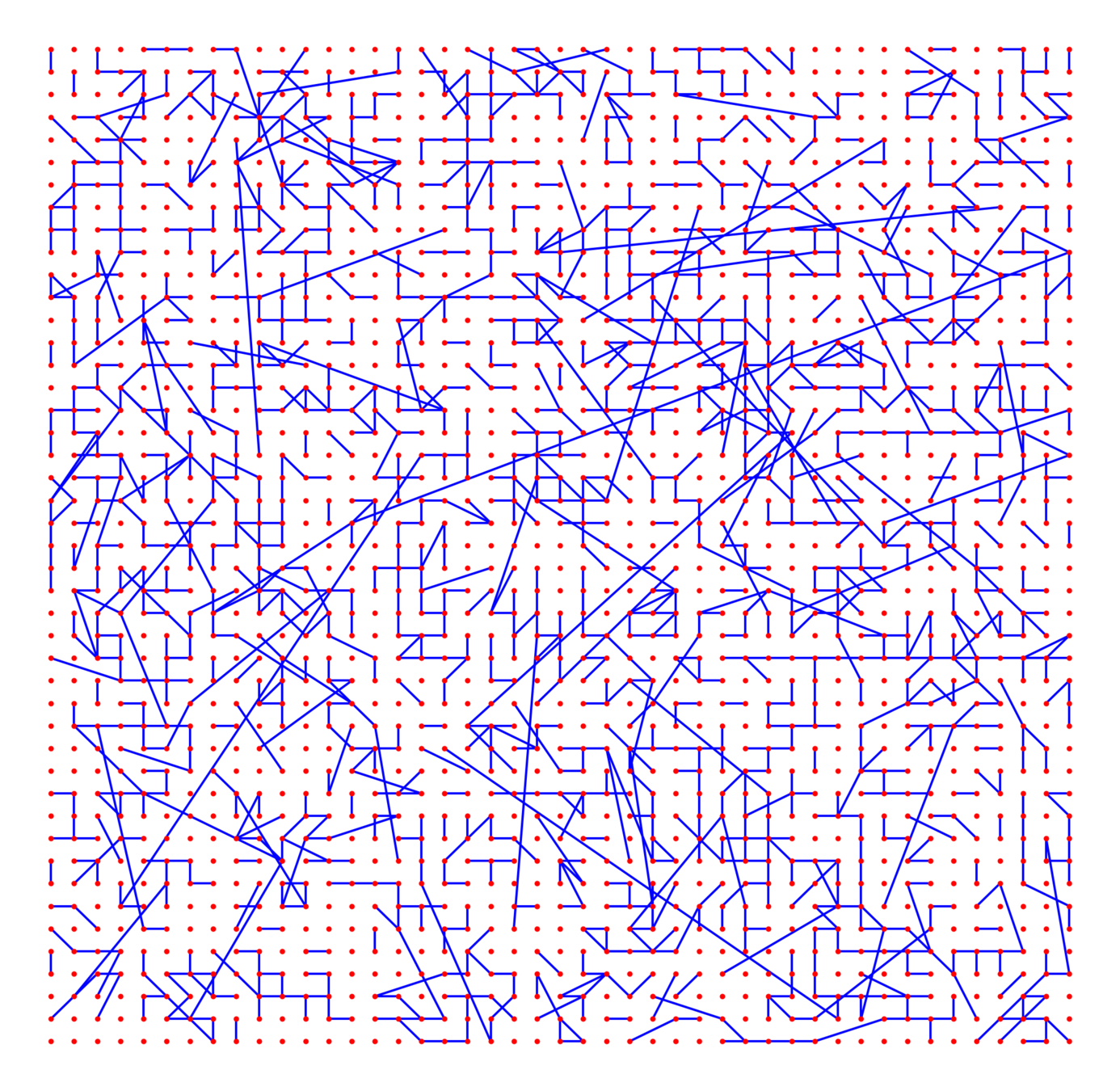
- Random friend of a friend tree
Sofiya Burova (PhD student Barcelona),
Dieter Mitsche (Santiago de Chile) - Cover time of long-range percolation Carlos (MSc student Lima), D. Mitsche
- (Evolution of) the mixing time of preferential attachment models (PAM)
- Generating PAMs via random walks
Rajat Hazra & PhD student
Research plan: Scaling limits of trees and random graphs
Near future
Opportunities Leiden
- Scaling limit of infinite-type branching processes
Christina Goldschmidt (Oxford),
Louigi Addario-Berry (McGill) - Component sizes in critical
inhomogeneous random graphs (IRG) - Metric-space scaling limit of IRGs
- Semester at SLMath (Berkeley, California)
- VENI Grant ('25 or '26)
- PhD student
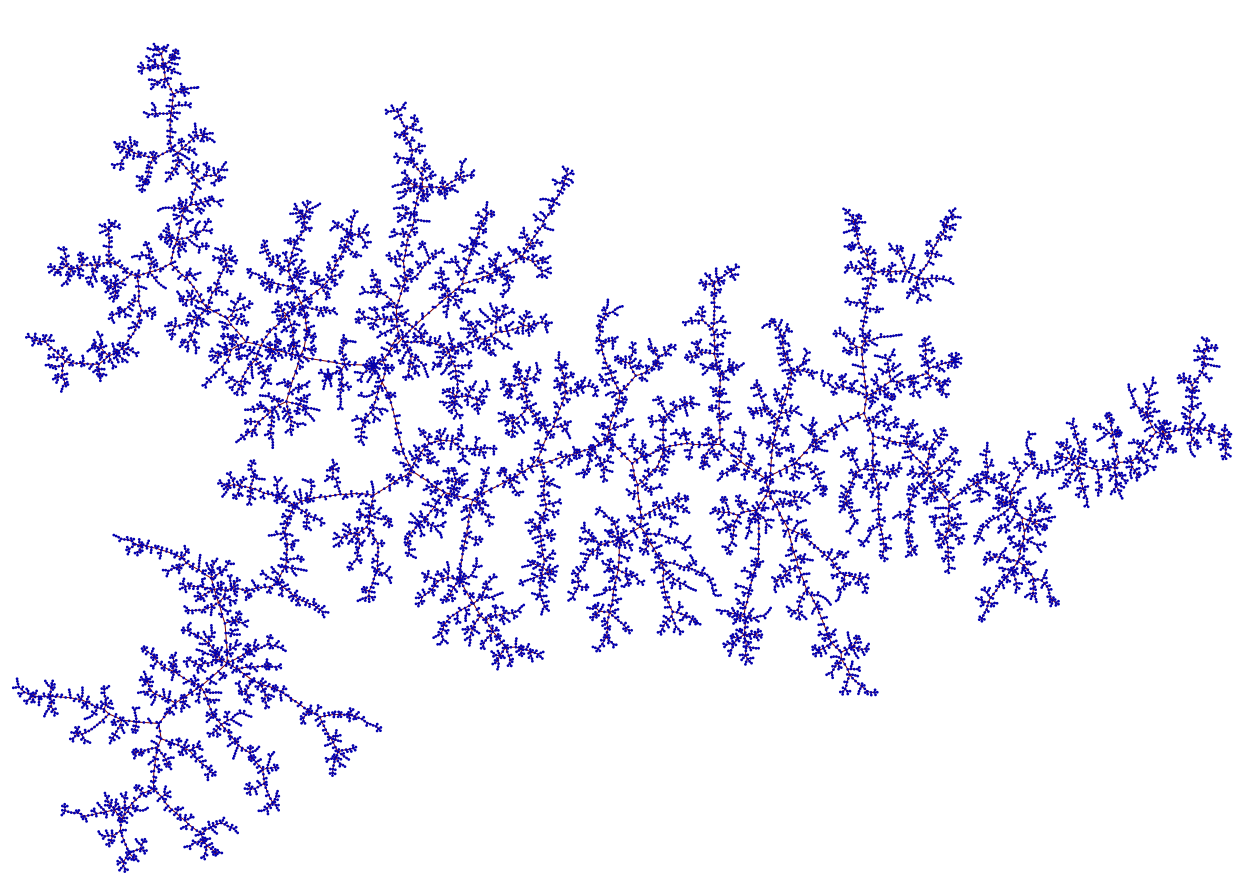
Figure by Igor Kortchemski
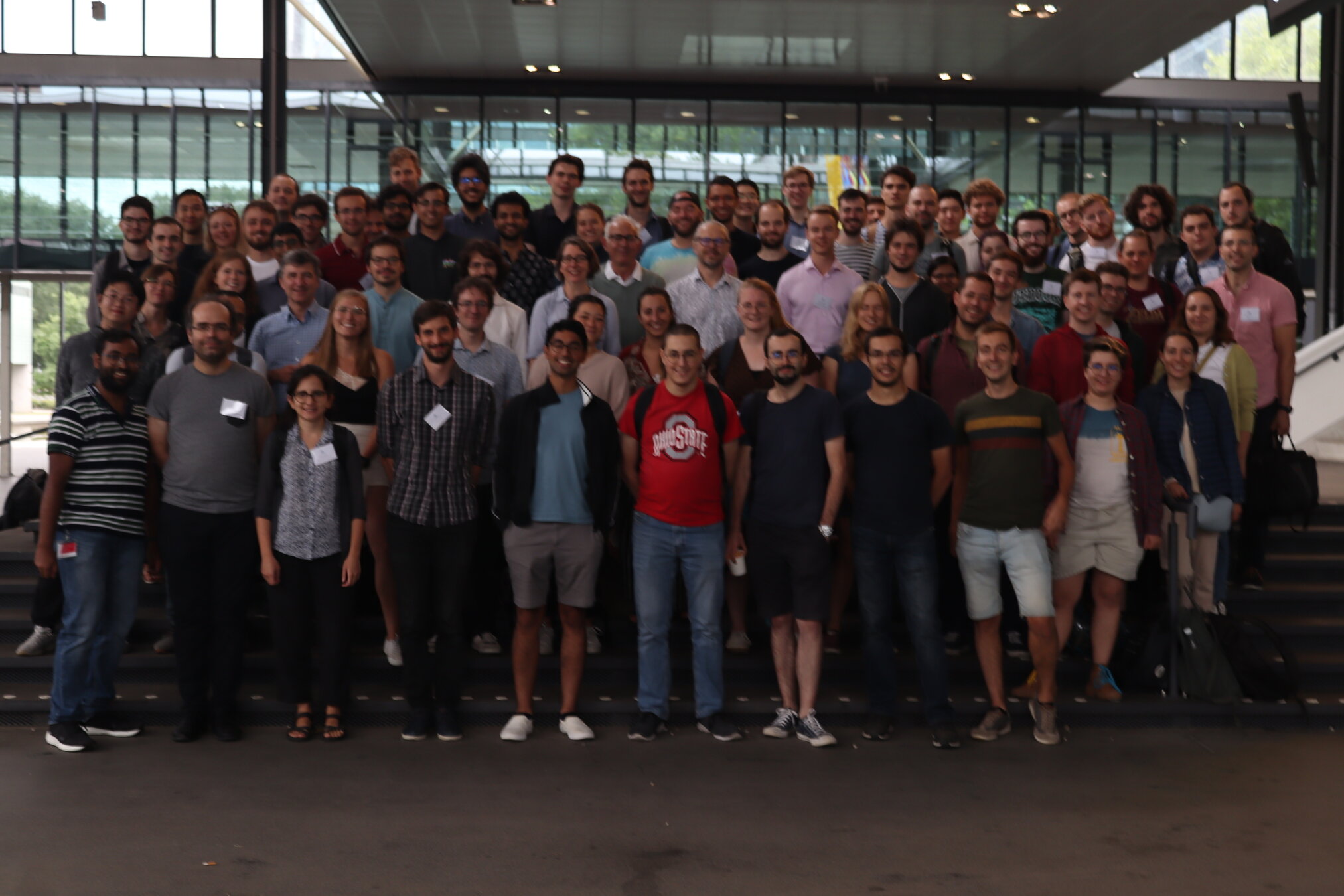
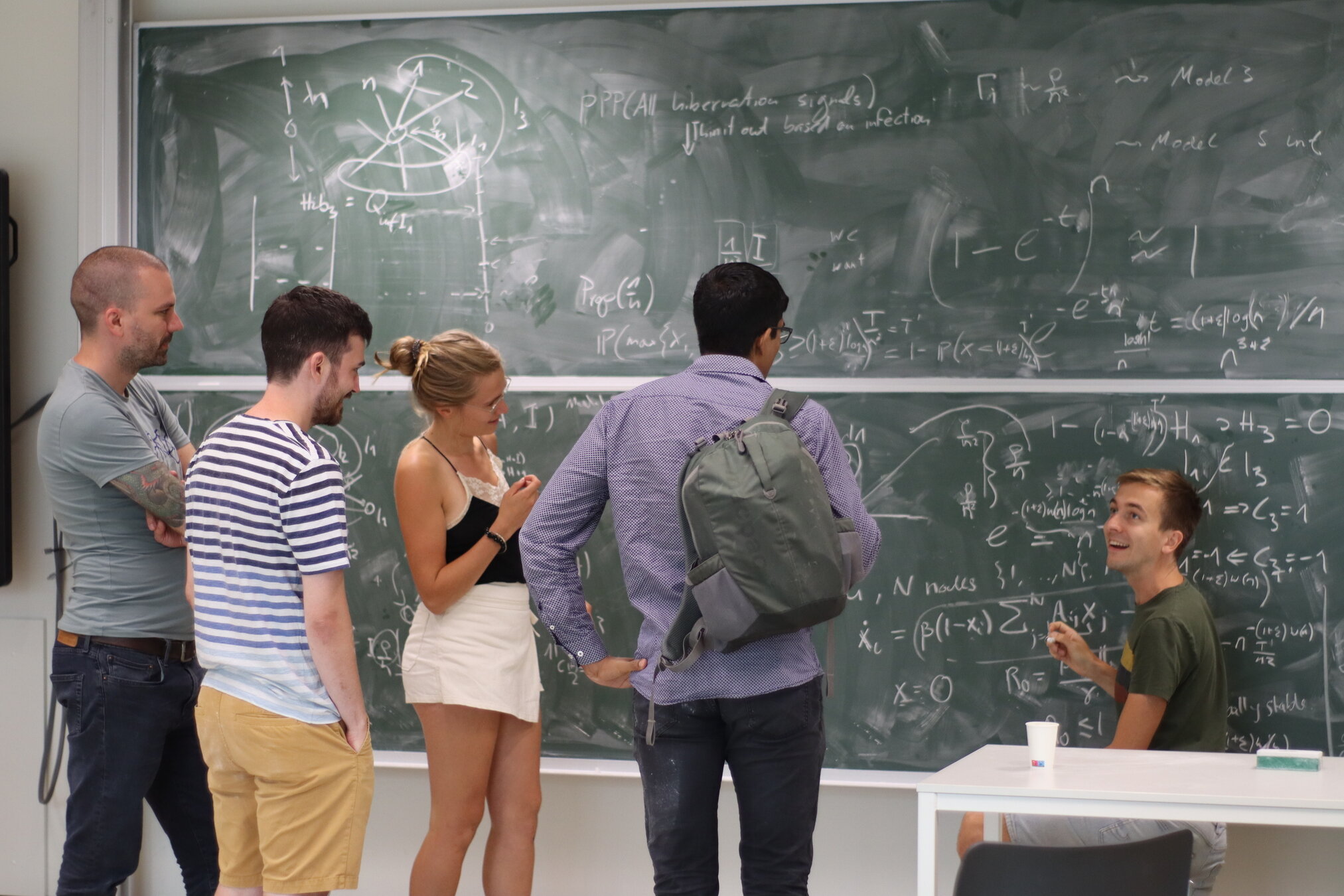
Building a network: Attend and organize workshops, seminars
Near future (invitations)
- One-world probability seminar
- Probability meets Combinatorics (IST, Vienna)
- Long-range phenomena in Percolation (Köln)
- Mathematical Foundations of Network Models and their Applications (Chennai)
Opportunities Leiden: Lorentz Center
Organisational experience:
RandNET Workshop (with Serte Donderwinkel)
- 10 days, 80 participants
- Mini-courses, Open problem sessions (4+ papers)
- Budget: €55k
- Attending prof:
"You set the gold standard for running such an event"
References

-
Weighted distances in scale-free preferential attachment models;
With Júlia Komjáthy; Random Structures & Algorithms (2020). -
Distance evolutions in growing preferential attachment graphs;
With Júlia Komjáthy; Annals of Applied Probability (2022). -
Cluster-size decay in supercritical long-range percolation;
With Júlia Komjáthy, Dieter Mitsche; Electronic Journal of Probability (2024). -
Cluster-size decay in supercritical kernel-based spatial random graphs;
With Júlia Komjáthy, Dieter Mitsche;
Revision at Annals of Probability, arXiv: 2303.00712. -
Large deviations of the giant in supercritical kernel-based spatial random graphs;
With Júlia Komjáthy, Dieter Mitsche;
Submitted to Probability Theory & Related Fields, arXiv: 2404.02984.
Research talk
Applied Probability
Tenure Track Interview

Joost Jorritsma
Teaching Vision
Applied Probability
Tenure Track Interview

Joost Jorritsma
Teaching Experience
Courses
Thesis supervision
- Teaching assistant (BSc and MSc). Examples:
- Random graphs: design, supervise research projects
- Statistical Learning Theory: Certificate of Excellence
- Lecturer (service teaching):
- Course material; automated examination
- Lecturing in Oxford: Probability on Graphs & Lattices
- Co-supervision 3 MSc students
- Probability (2x),
- Data Science (with KLM & TU Delft, 1x)
- Oxford: 3 MSc in Statistics, 3 MSc in Probability
Teaching Vision
Philosophy
Potential teaching in Leiden
- "Good researcher \(\neq\) Good teacher" \(\Rightarrow\) BKO
- Goal: Exciting to understand and solve problems
- Collaboration: \(1+1>2\)
- Research projects/seminars: communication skills
- Work atmosphere: mistakes are essential
- Everybody is different:
academia vs. industry; introvert vs. extravert
- Inleiding kansrekening; Complex Networks;
Ruin Theory & Extremes; Stochastic Simulation - Potential MasterMath courses:
Percolation; Random graphs; Scaling limits in probability - Supervision: Probability (Rajat Hazra), OR (Michel Mandjes), LIACS (Frank Takes, Akrati Saxena)
Teaching Vision
Applied Probability
Tenure Track Interview

Joost Jorritsma
Copy of Leiden research presentation
By joostjor
Copy of Leiden research presentation
- 319



